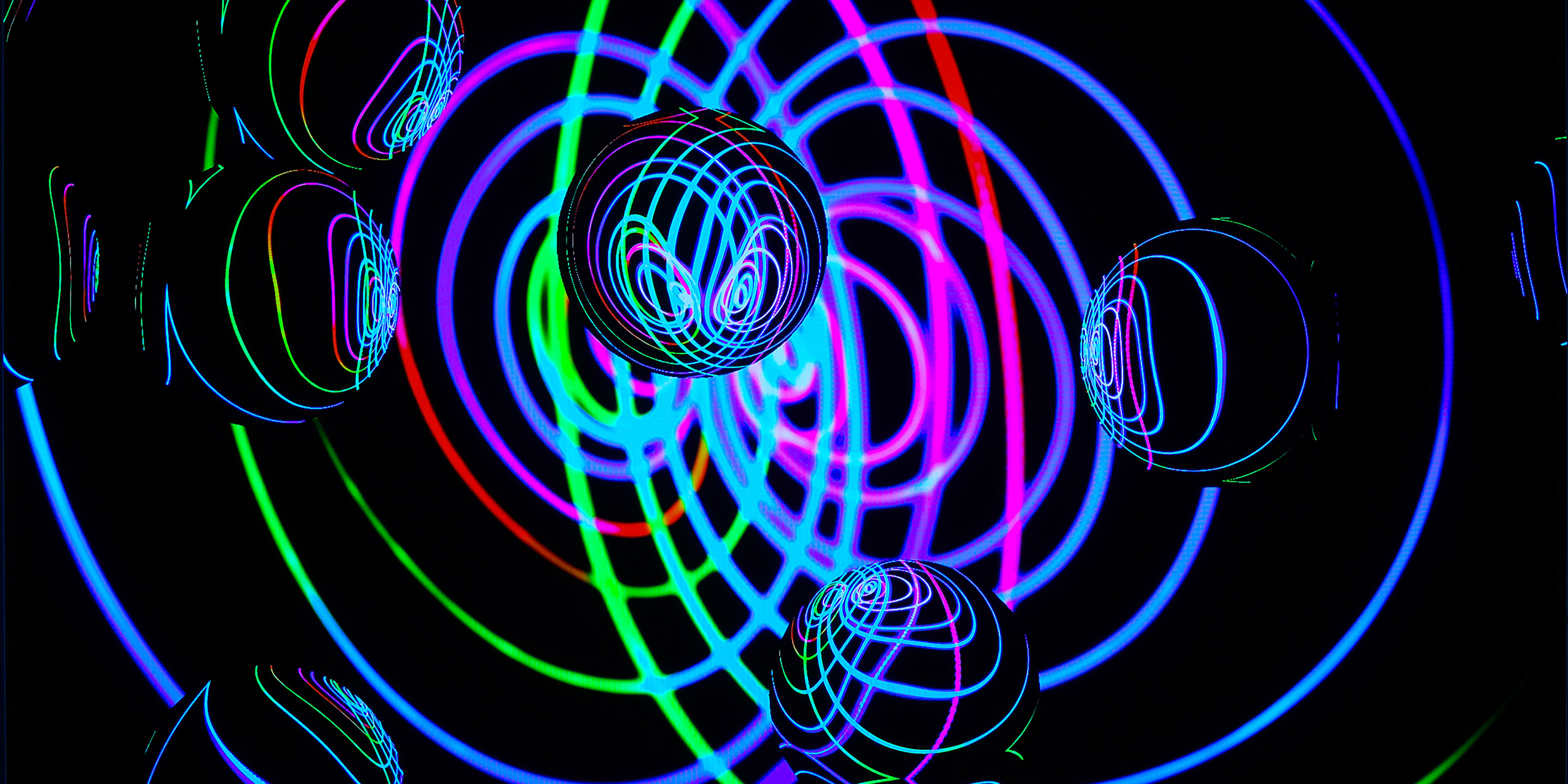Originally published 29 May 2001
The comic writer Douglas Adams died a few weeks ago at age 49. He is best known for The Hitchhiker’s Guide to the Galaxy, a science-fiction satire that sold 14 million copies worldwide.
The book is famous for supplying the answer to “the ultimate question of life, the universe, and everything.” The answer, according to Adams, is “42.”
Adams isn’t the only author with an eye on the big question.
A couple of years ago physicist Brian Greene made a splash with a book called The Elegant Universe: Superstrings, Hidden Dimensions, and the Quest for the Ultimate Theory. This year it’s physicist Lee Smolin’s Three Roads to Quantum Gravity. Like Adams, both authors purport to answer “the ultimate question of life, the universe, and everything.”
These are just two of a spate of recent books by physicists and science writers on the search for a so-called Theory of Everything.
What’s the deal?
Physics today is dominated by two highly successful theories, both created during the first decades of the last century. General relativity transformed our notions of space, time, and gravity, and proved dazzlingly effective at describing the universe on the cosmic scale.
Quantum mechanics has been equally successful at describing the world of subatomic matter and energy.
But the two theories don’t rest comfortably with one another. As Smolin writes: “Each theory seems to be at least partly true, yet each retains assumptions from the old physics that the other contradicts.” General relativity twisted space and time out of shape, but accepts the independence of observer and observed. Quantum mechanics muddies the relationship between observer and observed, but pretty much buys into old-fashioned space and time.
Physicists aren’t happy. What they want is one theory — one beautiful, consistent set of equations — that describes everything from the Big Bang to subatomic quarks. A Theory of Everything. A theory of quantum gravity.
Basically, there are two contenders — superstrings and quantum loops.
Superstrings are tiny mathematical threads in 10-dimensional spacetime — with the six extra space dimensions curled up in tight little balls — that in their various vibrations give rise to all the possible particles of matter and their interactions. The strings aren’t material; they aren’t exactly any “thing.” Yet, according to the string theorists, they are everything.
Quantum loops are equally elusive knots, nodes, and kinks of super-small non-stuff. In fact, the loops are spacetime itself, which comes in smallest units of space and time that can’t be divided further.
Superstrings and quantum loops are 100 billion billion times smaller than the nucleus of an atom. Way down there, on that almost unimaginably small scale, the strings and loops (if they exist) do a shimmy and shake that is our universe.
So, what the physicists are telling us is that the universe we sense with our senses is in a sense all an illusion, that what really matters is the vibrations of things — or, more accurately, non-things — that we can’t imagine and have no way of verifying even if they exist.
But if we cannot observe strings or quantum loops directly with any presently conceivable technology, how will we ever know if one or the other of these theories is true? Because, if and when one theory emerges triumphant, it will be the only game in town.
Remember, physicists believed in the existence of atoms long before they were actually detected by experiment. The same thing may be true for superstrings or quantum loops.
On the other hand, maybe neither strings nor loops will prove the way to unify relativity and quantum theory. Maybe the way forward will turn out to be something entirely different. But I would be very surprised if the ultimate Theory of Everything did not have as its basic metaphor some version of “the world as a computer,” quantized spacetime doing a rapidly vibratory dance on a scale vastly smaller than an atom and at a speed that makes your Pentium processor look like a stone.
Computers have simply become too dominant in the way scientists do science not to affect the way they think about the world.
In the meantime, if you haven’t followed this string-loop stuff, don’t feel badly. I don’t understand it, either. In fact, if you took all the people on the planet who truly understand quantum gravity and gathered them together, they’d fit into one big room.
But I do rather like the idea that, at some terribly small scale of reality, the ultimate essences of space and time are little immaterial strings or loops that sing the universe into existence. The Pythagoreans told us thousands of years ago that it was all music, and maybe they were right.
On the other hand, maybe Douglas Adams was the one who got it right. Take your pick: 10-dimensional superstrings and quantum loops, or 42.



